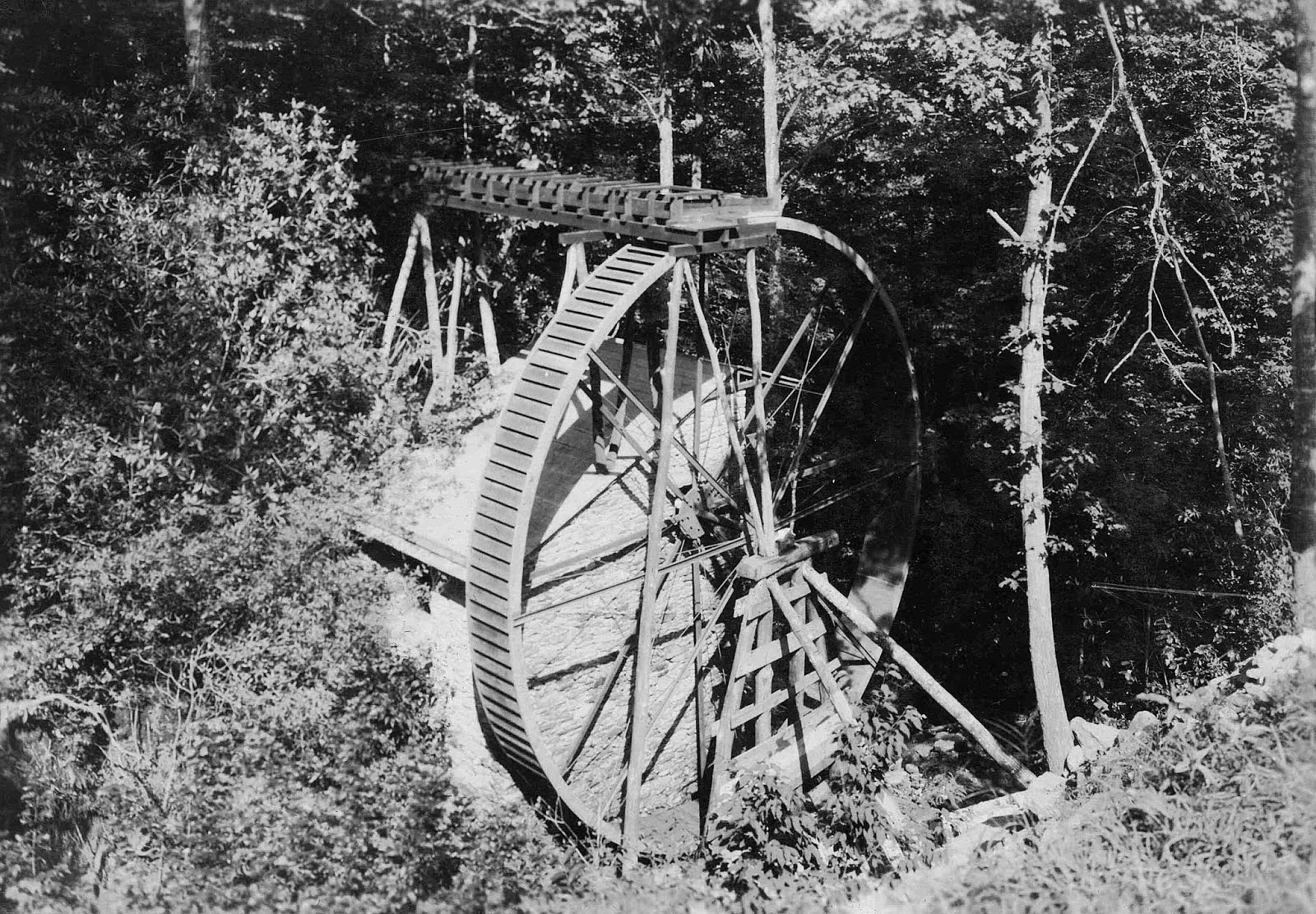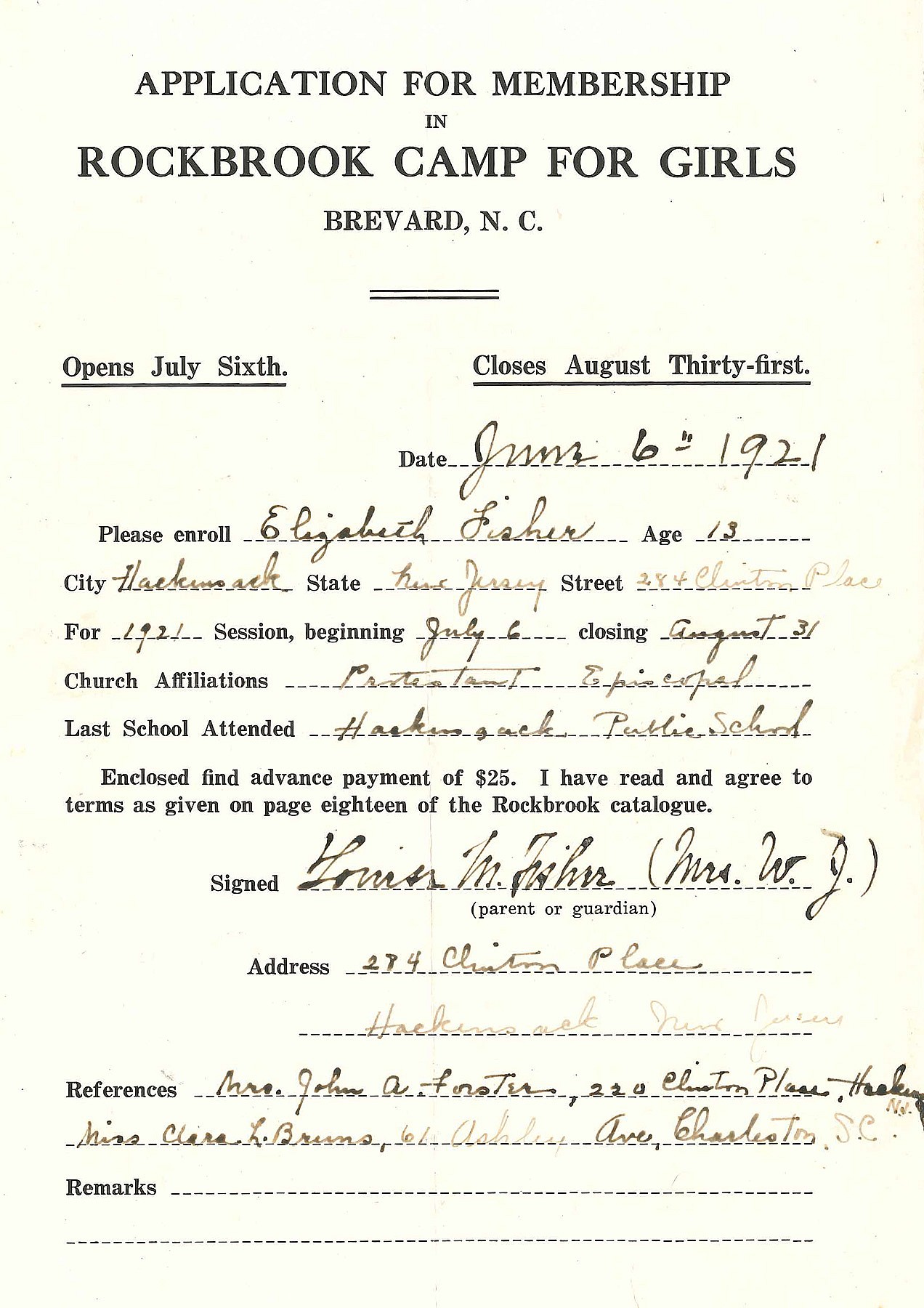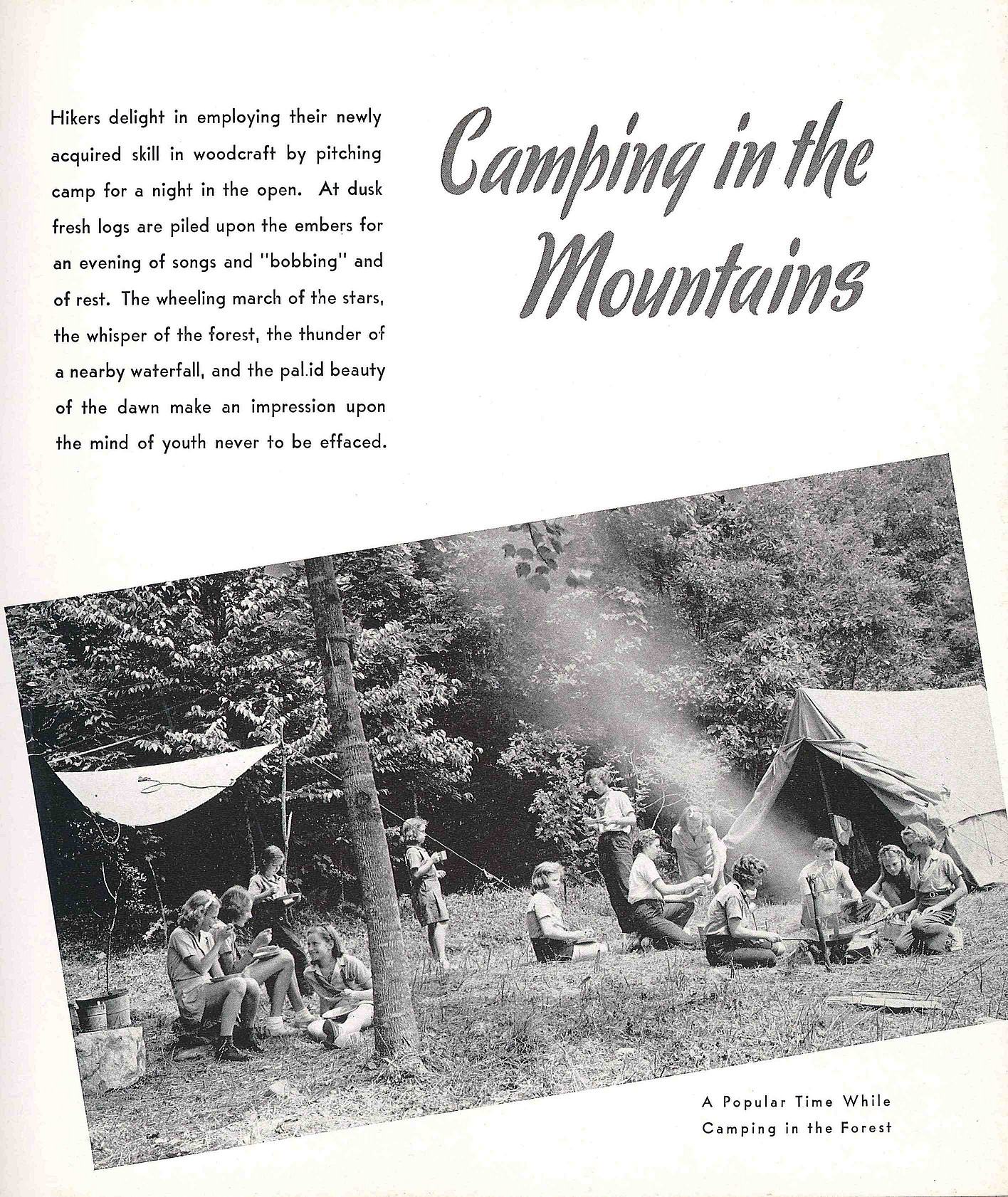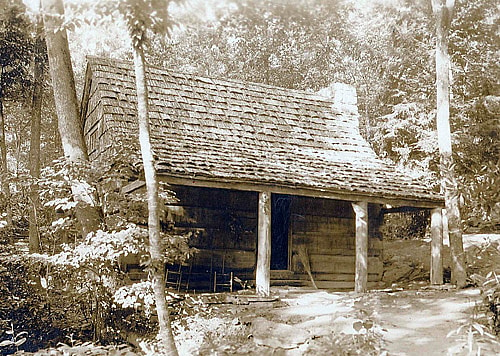We have written about the Rockbrook water wheel in the past but wanted to share this new photograph that we just came across while doing some research into the history of Rockbrook at the Transylvania County library. It is a great view of the water wheel from the perspective of the lake. We know the water wheel was in use from the founding of the camp in 1921 until Duke Power brought electrical lines to the camp in 1930. If you stand on the dam at the lake today and look down you can still see the stone remains of the water wheel foundation.
The water wheel was such an important and certainly noticeable part of the camp in those early years that there was even a song written about it! Take a look at this earlier post to learn more about the Rockbrook Camp water wheel song.
There is also a beautiful etching by famed Charleston artist Elizabeth O’Neill Verner of the camp water wheel. Mrs. Verner was an art instructor during the early years of camp and her daughter Elizabeth Verner Hamilton was the first camper at Rockbrook! In this earlier blog post, you can see a photograph of Mrs. Verner teaching an art class at camp. Maybe they were drawing the water wheel?
A local rumor has it that when the water wheel was taken down it was given to another camp in the area at some point in the 1940’s. We have not been able to verify the story, however. Wouldn’t it be cool if we could track down the old wheel?
We also have a little bit of amazing video of the wheel in motion! This footage came to us from an alum and it was incorporated into a video about Rockbrook’s history. We’ve since made a more complete video about Rockbrook’s History, but it’s still fun to see this shorter version too. Enjoy!

















